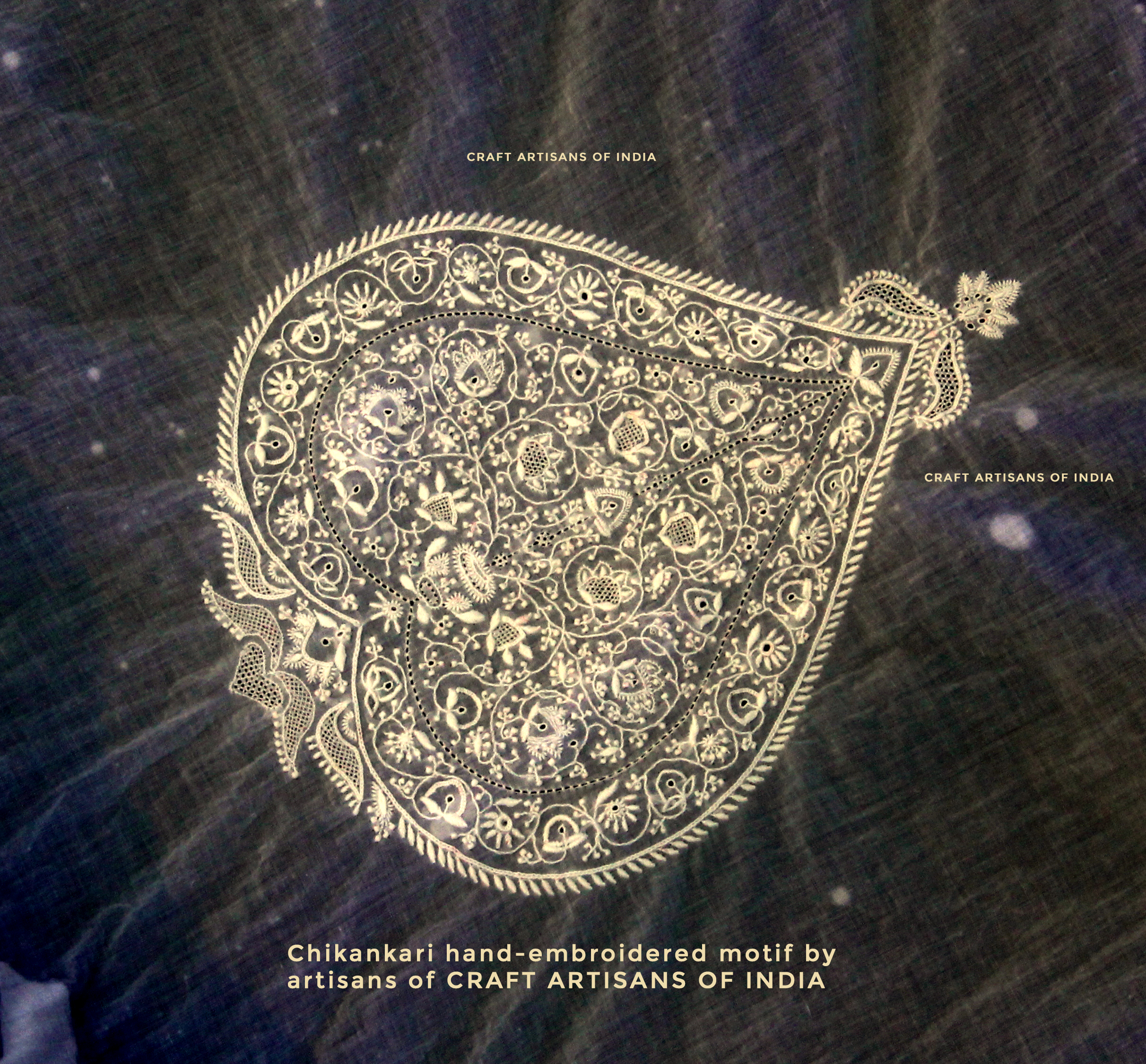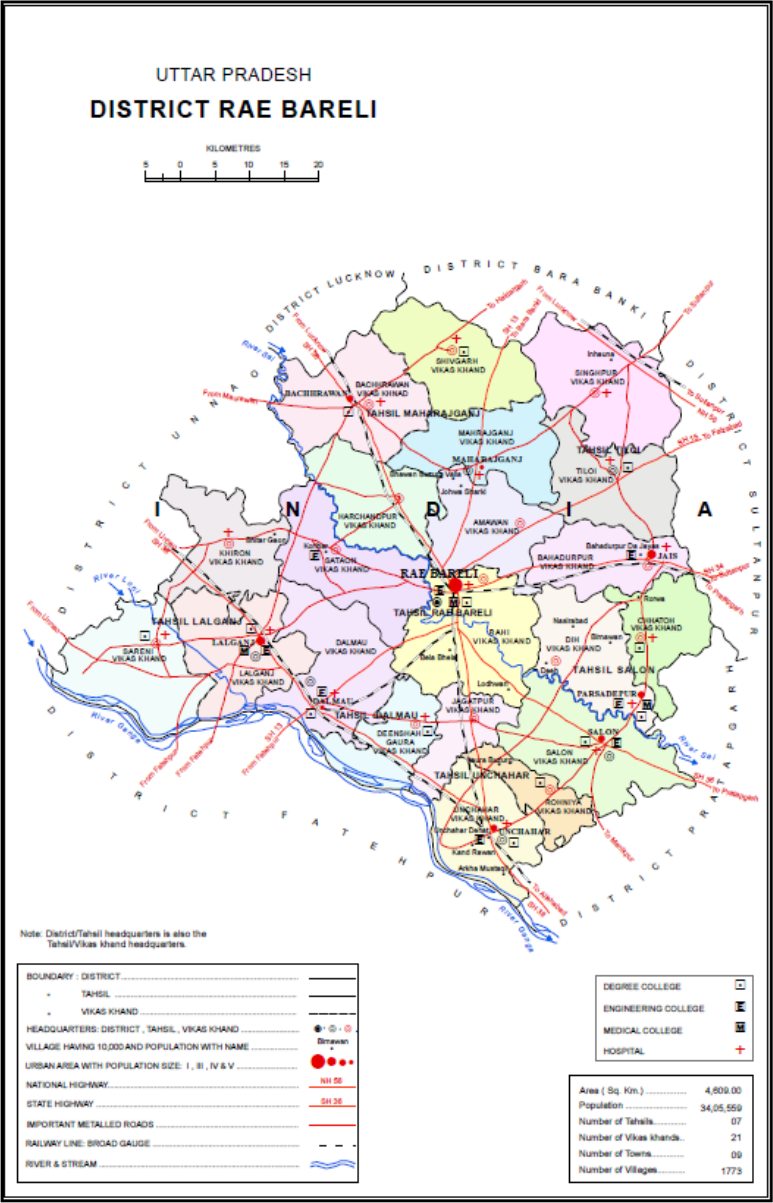|
Tanzeb
''Tanzeb'' was another variety of muslin with a reasonably fine weave structure commonly used for chikan embroidery. The cloth was purposely woven in specified lengths, for instance, 19-20 yards for the convenience of embroidery work and subsequent usages like Dupattas and pieces for garments such as Angarkhas. Meaning Tanzeb means what adorns the body. It is a combination word where Tan means body, and Zeb refers to an ornament. Hence the cloth was known for decorating the body. Origin Tanzeb was originated in the second half of the eighteenth century during the reign of Āsaf al-daulah. Production Raebareli district and the town of Jais were reputably manufacturing Tanzeb. Use Tanzeb used for various headdresses and garments such as caps, turbans, angrakhas, and handkerchieves. Tanzeb was among the various cotton qualities exported to England England is a country that is part of the United Kingdom. It shares land borders with Wales to its west and Scotla ... [...More Info...] [...Related Items...] OR: [Wikipedia] [Google] [Baidu] |
Muslin
Muslin () is a cotton fabric of plain weave. It is made in a wide range of weights from delicate sheers to coarse sheeting. It gets its name from the city of Mosul, Iraq, where it was first manufactured. Muslin of uncommonly delicate handspun yarn was handwoven in the Bengal region of South Asia and imported into Europe for much of the 17th and early 18th centuries. In 2013, the traditional art of weaving '' Jamdani'' muslin in Bangladesh was included in the list of Masterpieces of the Oral and Intangible Heritage of Humanity by UNESCO. History In 1298 CE, Marco Polo described the cloth in his book ''The Travels''. He said it was made in Mosul, Iraq. The 16th-century English traveller Ralph Fitch lauded the muslin he saw in Sonargaon. During the 17th and 18th centuries, Mughal Bengal emerged as the foremost muslin exporter in the world, with Mughal Dhaka as capital of the worldwide muslin trade. It became highly popular in 18th-century France and eventually spread ac ... [...More Info...] [...Related Items...] OR: [Wikipedia] [Google] [Baidu] |
Chikan (embroidery)
] Chikankari ( hi, चिकन की कढ़ाई, चिकनकारी) is a traditional embroidery style from Lucknow, India. Translated, the word means embroidery (thread or wire), and it is one of Lucknow's best known textile decoration styles. The main market in Lucknow for Chikankari based products is Chowk. Production is mainly based in Lucknow and in the adjoining districts. Origin There are references to embroidery similar to chikan work in India as early as 3rd century BC by Megasthenes, who mentioned use of flowered muslins by Indians. But these embroidered patterns lack any colour, ornamentation or any notable embellishment. According to Laila Tyabji, chikankari stems from the white-on-white embroidery of Shiraz came to India as part of a culture of Persian nobles at the Mughal court. There is also a tale that mentions how a traveler taught chikan to a peasant in return of water to drink. The most popular origin story credits Noor Jahan, Mughal empress and ... [...More Info...] [...Related Items...] OR: [Wikipedia] [Google] [Baidu] |
Dupatta
The dupattā is a Hindu shawl traditionally worn by women in Indian subcontinent to cover the head and shoulders. The dupatta is currently used most commonly as part of the women's shalwar kameez outfit, and worn over the kurta and the gharara. Etymology The Hindi-Urdu word ''dupattā'' (दुपट्टा, دوپٹہ), meaning "shawl of doubled cloth," derived from Middle Indic elements stemming from Sanskrit, is a combination of ''du-'' (meaning "two", from Sanskrit ''dvau'', "two" and ''dvi-'', combining form of dvau) and ''paṭṭā'' (meaning "strip of cloth," from ''paṭṭaḥ''), i. e., scarf usually doubled over the head. History Early evidence of the dupatta can be traced to the Indus valley civilization, where the sculpture of a priest-king whose left shoulder is covered with some kind of a chaddar suggests that the use of the dupatta dates back to this early Indic culture. Early Sanskrit literature has a wide vocabulary of terms for the veils and ... [...More Info...] [...Related Items...] OR: [Wikipedia] [Google] [Baidu] |
Angarkha
Angarkha is an outer robe with long sleeves which was worn by men in South Asia. By the 19th-century it had become the generally accepted attire of an educated man in public. It had evolved from the Persian cape ''balaba'' or ''chapkan'' as a result of being given a more Indian form in the late medieval or early modern era. Etymology ''Angarkha'' comes from the Sanskrit , meaning 'body-protector'.Zaira Mis, Marcel Mis (2001) Asian Costumes and Textiles: From the Bosphorus to Fujiam/ref> See also *Achkan * Bagalbandi *Dashiki *Tunic * Jama costume *Kurta A ''kurta'' is a loose collarless shirt or tunic worn in many regions of South Asia, (subscription required) Quote: "A loose shirt or tunic worn by men and women." Quote: "Kurta: a loose shirt without a collar, worn by women and men from South ... References {{Punjabi clothing Indian clothing Rajasthani clothing Bangladeshi clothing Nepalese clothing Pakistani clothing Punjabi clothing ... [...More Info...] [...Related Items...] OR: [Wikipedia] [Google] [Baidu] |
Raebareli District
Raebareli district is a district of Uttar Pradesh state in northern India. The city of Raebareli is the district headquarters. This district is a part of Lucknow Division in Uttar Pradesh state. The total area of Raebareli district is 3,371 Sq. km. As of 2011, its population is 3,405,559, which makes it the 27th largest in the state. It is a predominantly rural district, with 91% of the population living in rural areas. Geography Raebareli district is located in the southern part of Awadh, at the southern end of Lucknow Division. It is compact in shape — no part of the district is especially far from the city of Raebareli. In general, the terrain is flat or gently undulating, and the soil is especially fertile and well-suited to agriculture. The elevation ranges from 100 to 120 m above sea level. The prevailing slope is from higher in the northwest to lower in the southeast, and the rivers that traverse the district all flow in this direction. The main river of Raeba ... [...More Info...] [...Related Items...] OR: [Wikipedia] [Google] [Baidu] |
Jais, Amethi
Jais, also spelled Jayas, is a city with a municipal board in Amethi district (formerly in Raebareli district) in the Indian state of Uttar Pradesh. Geography Jais is located at . It has an average elevation of 101 metres (331 feet). Demographics Indian census, Jais has a population of 26,735 people. Males constitute 52% of the population and females 48%. Jais' literacy rate is 62.42%, lower than the national average of 67.68%. Male literacy is 70% and female literacy is 54.54%. In Jais, 13.39% of the population is under six years of age. Transport Jais has two railway stations on the Indian Railways network: Bahadurpur and Kasimpur. The bus station is at Sultanpur-Raebareli road. The nearest airport Fursatganj Airfield is 19.3 km away, and the nearest international airport Ayodhya Airport is 70 km away. Education Institute of National Importance The Ministry of Petroleum and Natural Gas set up the Rajiv Gandhi Institute of Petroleum Technology ... [...More Info...] [...Related Items...] OR: [Wikipedia] [Google] [Baidu] |
Headgear
Headgear, headwear, or headdress is the name given to any element of clothing which is worn on one's head, including hats, helmets, turbans and many other types. Headgear is worn for many purposes, including protection against the elements, decoration, or for religious or cultural reasons, including social conventions. Purposes Protection or defence Headgear may be worn for protection against cold (such as the Canadian tuque), heat, rain and other precipitation, glare, sunburn, sunstroke, dust, contaminants, etc. Helmets are worn for protection in battle or against impact, for instance when riding bicycles or motor vehicles. There are also hats that are worn for protection from the cold. Fashion Headgear can be an article of fashion, usually hats, caps or hoods. The formal man's black silk top hat was formerly an indispensable portion of the suit, and women's hats have, over the years, attained a fantastic number of shapes ranging from immense confections to ... [...More Info...] [...Related Items...] OR: [Wikipedia] [Google] [Baidu] |
England
England is a country that is part of the United Kingdom. It shares land borders with Wales to its west and Scotland to its north. The Irish Sea lies northwest and the Celtic Sea to the southwest. It is separated from continental Europe by the North Sea to the east and the English Channel to the south. The country covers five-eighths of the island of Great Britain, which lies in the North Atlantic, and includes over 100 smaller islands, such as the Isles of Scilly and the Isle of Wight. The area now called England was first inhabited by modern humans during the Upper Paleolithic period, but takes its name from the Angles, a Germanic tribe deriving its name from the Anglia peninsula, who settled during the 5th and 6th centuries. England became a unified state in the 10th century and has had a significant cultural and legal impact on the wider world since the Age of Discovery, which began during the 15th century. The English language, the Anglican Church, and Eng ... [...More Info...] [...Related Items...] OR: [Wikipedia] [Google] [Baidu] |


.jpg)


